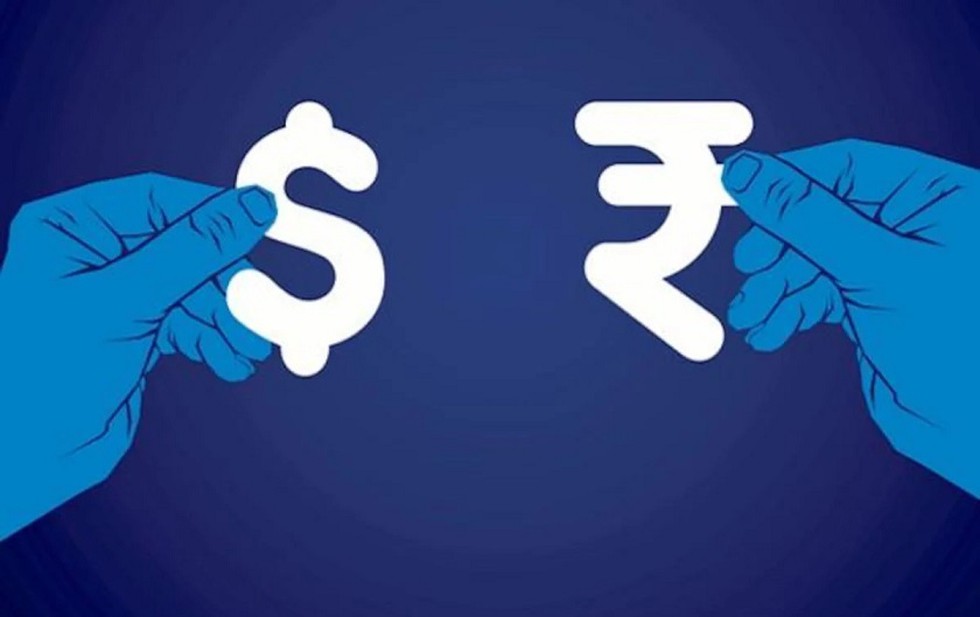The Reserve Bank of India's $5 billion dollar-rupee swap idea.
~Preet.

As part of its liquidity management programme, the Reserve Bank of India (RBI) recently held a USD 5 billion dollar-rupee swap auction. This action will result in the injection of dollars and the evaporation of the rupee from the financial system. This will relieve inflationary pressures and boost the rupee. It is a forex technique in which the central bank purchases another currency with its own currency or vice versa. Swap of Dollars and Rupees: The central bank purchases dollars (US dollars or USD) from banks in exchange for Indian rupees (INR) and then immediately enters into a counter-deal with banks pledging to sell dollars at a later date. When the central bank sells dollars, it pulls out an equivalent amount of rupees, diminishing rupee liquidity in the economy. Because the transaction conditions are predetermined, there are no exchange rate or other market risks with these swap transactions.
The RBI sold USD 5.135 billion to banks while also agreeing to buy the dollars back at the end of the swap settlement period. The goal here is for the central bank to receive dollars from the seller while charging the lowest feasible premium for the two-year tenor. As a result, banks that bid in the lower range of the auction are successful. Assuming a rupee rate of 75, the system's liquidity will be reduced by Rs 37,500 crore.
Surplus liquidity in the economy is estimated to be Rs 7.5 lakh crore, which must be reduced in order to keep inflation under control. Typically, the central bank would use traditional methods such as raising the repo rate or the Cash Reserve Ratio (CRR), although this can have a detrimental impact on the economy. Inadequate transmission of monetary policy exemplifies this negative aspect. As a result, the RBI deployed a different toolset last year - the Variable Rate Reverse Repo Auction (VRRR). However, banks undersubscribed the last VRRR auctions since the cash market provided immediate and greater rates, leading the RBI to consider a longer-term liquidity adjustment mechanism such as currency auctions.
The main effect will be a reduction in liquidity, which is now estimated to be roughly Rs 7.6 lakh billion. Dollar inflows into the market would bolster the rupee, which has already surpassed the 77-percentage-point threshold versus the US dollar. When inflation threatens to rise substantially, the RBI generally reduces liquidity in the economy. Inflation is expected to grow in the coming days as a result of reasons such as a spike in oil costs, with crude oil prices rising substantially in the aftermath of the Russia-Ukraine war, and an outflow of institutional funds. Foreign portfolio investors have begun withdrawing cash from India. So far, they have withdrew Rs 34,000 crore from Indian stocks in March 2022, putting significant pressure on the currency.
A central bank's "liquidity management" is described as the framework, collection of instruments, and procedures that the central bank uses to guide the quantity of bank reserves in order to regulate their price (i.e. short term interest rates) in accordance with its ultimate aims (e.g. price stability). Bank reserves are the cash minimums that financial organisations must maintain in order to comply with central bank rules. The RBI's Liquidity Management Initiative is a monetary policy instrument that allows banks to borrow money through repurchase agreements (repos) or to lend money to the RBI through reverse repo agreements. This framework includes instruments such as repo/reverse repo auctions, Marginal Standing Facility (MSF), and FX swaps.
Comments
Post a Comment